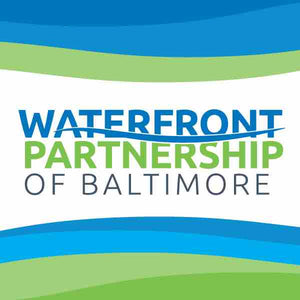
Waterfront Partnership of Baltimore: Trash Wheel
Fighting Trump to keep federal waters off-limits to oil and gas exploration.
The Problem
Trash discarded on the ground in the city of Baltimore and nearby communities across a watershed area of 58 square miles is swept into storm drains and carried by waterways to accumulate in the Chesapeake Bay and Baltimore Harbor. Hundreds of tons of trash pollute the harbor every year, threatening the lives of the fish, crabs, turtles, birds, and river otters that swim and make their home there. Once a popular recreation spot, the harbor is now neither fishable nor swimmable, and is marred by the sight of litter bobbing in its waters.
The Solution
In 2009, the Waterfront Partnership of Baltimore set out to make the harbor swimmable and fishable by 2020. The centerpiece of their effort is Inner Harbor Water Wheel Trash Inceptor, or “Mr. Trash Wheel” to locals. The wheel — 38 feet long and 20 feet wide — harnesses the power of water and sunlight to collect litter and debris. The river’s current provides power to turn the water wheel, which lifts trash and debris from the water and deposits it into a dumpster barge. When there isn’t enough water current, a solar panel array provides additional power to keep the machine running. When the dumpster is full, it’s towed away by boat, and a new dumpster is put in place. Mr. Trash Wheel has collected more than 1.5 million lbs of trash since 2014.
Stage of Development
- Early Stage
- Established Prototype
- Scaling
- Other
Organization to Receive Funds
Watership Partnership of Baltimore





Join The Discussion